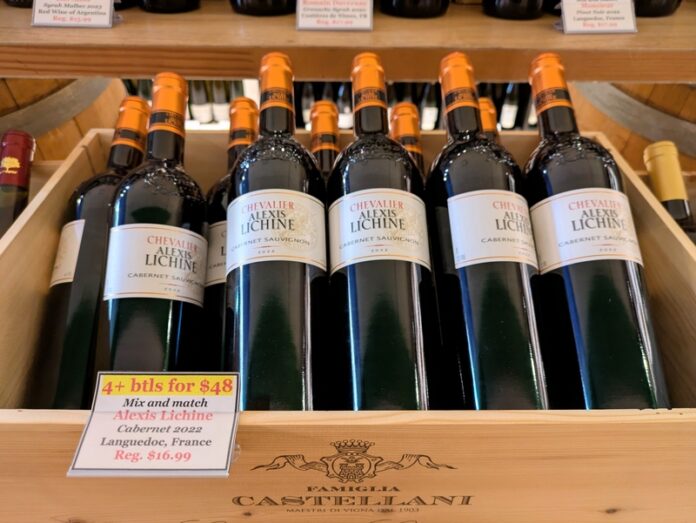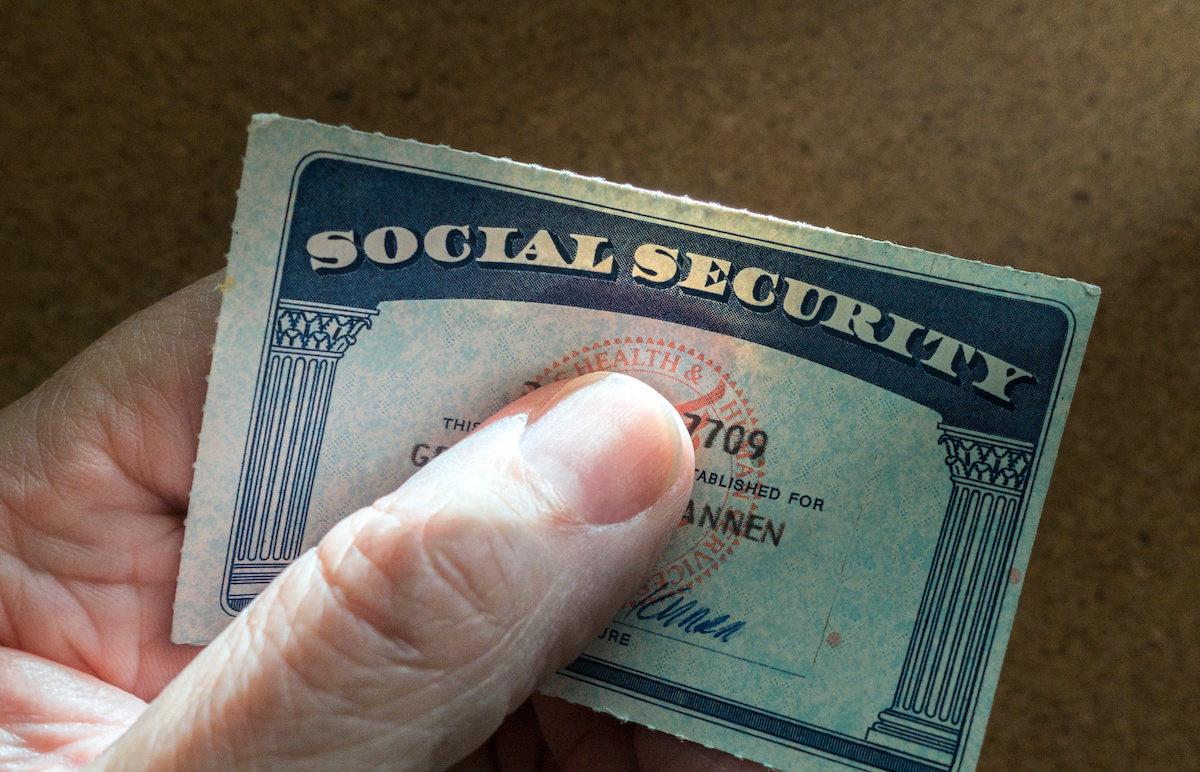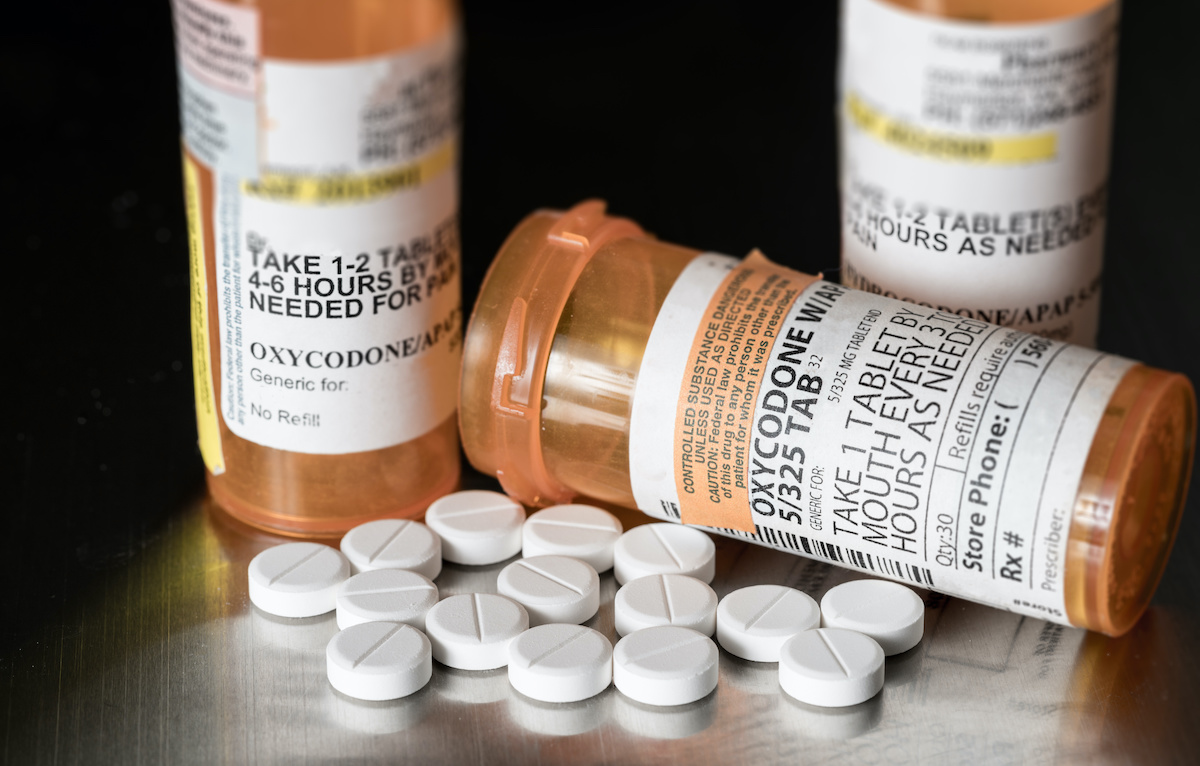
WASHINGTON (States Newsroom) — American business owners and consumers are bracing as President Donald Trump teases, with few details, the announcement of sweeping tariffs expected Wednesday afternoon.
Trump has dubbed April 2 “Liberation Day,” his self-imposed deadline to fulfill his campaign promise of taxing imported products from around the globe.
The White House confirmed Tuesday that Trump had made a decision on tariff levels but would not provide further details.
“He’s with his trade and tariff team right now perfecting it to make sure this is a perfect deal for the American people and the American worker, and you will all find out in about 24 hours from now,” press secretary Karoline Leavitt told reporters Tuesday afternoon at the daily briefing.
The new tariffs come as Trump already imposed 25% duties on imported steel and aluminum, as well as 25% levies on foreign cars and vehicle parts set to begin Thursday.
But the anticipation of more tariffs on numerous imported goods has stopped business owners in their tracks as uncertainty about costs and consumer reaction clouds day-to-day decisions.
Stockpiling coffee cups
Gabe Hagen, owner of Brick Road Coffee in Tempe, Arizona, said small business owners are feeling “whiplash.”
“Are we going to have a tariff? Are we not? It’s not easy for me to change my prices overnight. But at the same time, if all of the sudden I have my cost of goods going up, it’ll put me into a loss territory.”
Most disposable beverage cups are produced in China, so Hagen made the decision last year to purchase and store $26,000 worth of coffee cups in anticipation of tariffs.
He also had to pull back $50,000 in capital for development on a second shop location, he said.
“The main thing we’re asking for is stability,” said Hagen, who also sits on the Small Business for America’s Future advisory council.
Walt Rowen, owner and president of Susquehanna Glass Company in Columbia, Pennsylvania, said “there’s no clarity at this point at all.”
“Everybody is in a holding pattern. We’re stuck wondering what is going to happen,” Rowen said. “We can sort of know that we’re gonna have to increase prices if the tariffs come into effect. But what we don’t know is if we increase prices, how much does that affect demand?”
Rowen’s historic 1925 three-story production facility right in the middle of the southeastern Pennsylvania town employs anywhere from 35 to 65 workers, depending on the season.
Through a variety of decorating techniques, his employees engrave or imprint screened paint logos, names and other messages on wine glasses he sources from a manufacturer in Italy and mugs made in Vietnam.
Rowen’s production rooms buzz, especially in the months leading up to the holidays, when his employees laser engrave and hand paint personalized ornaments sourced from China for the Lenox Corporation.
“My Christmas ornament business is huge for us in the fourth quarter, and I would normally be planning to bring in 20 to 30 people to work in that category of business. But if those prices increase by 30, 40, 50%, I don’t know how many we’re going to sell this year. So I can’t even plan production. It’s frightening,” he said.
States to feel economic pain
Economists are warning the rollercoaster tariff policy coming from the Oval Office is undermining economic growth and trust in the U.S. as a stable trading partner.
Trump told reporters as recently as Sunday that he was planning to slap tariffs on “all countries.”
His administration’s mid-March levies on aluminum and steel imports sparked retaliation from the European Union and Canada, which beginning in mid-April will enforce taxes on hundreds of American products crossing their borders, including iconic Kentucky bourbon, Tennessee whiskey and Harley-Davidson motorcycles.
Unless Trump carves out exceptions on certain products, more states can expect to feel economic pain, said Mary Lovely, senior fellow at the Peterson Institute for International Economics.
“For example, a state like Washington state is very export dependent, not just obviously aircraft, but also apples and a wide variety of other manufacturing and agricultural (products). That state will be really hard hit if there are retaliatory tariffs, both from Canada, which is a market, but also from Asia,” Lovely said.
Trump’s tariffs on products from Canada, China and Mexico could cost the typical American family at least an extra $1,200 annually in price increases, according to a report Lovely co-authored. The dollar amount increases when calculating for universal tariffs on all imported goods, and when accounting for retaliation from other countries.
European Union President Ursula von der Leyen already made clear in a speech Monday that the bloc wants to negotiate with Trump but will apply more levies on American products given no other choice.
“Europe has not started this confrontation. We do not necessarily want to retaliate, but we have a strong plan to retaliate if necessary,” she said.
Tariffs on Canada
On Capitol Hill, Democratic Sens. Tim Kaine and Mark Warner of Virginia and Amy Klobuchar of Minnesota introduced a resolution to block the president’s tariffs on Canada, which he triggered under his emergency powers.
Trump’s use of the International Emergency Economic Power Act to slap 25% tariffs on products out of Canada and Mexico marked the first time a president had ever done so.
“We think that the economic chaos that’s being caused and markets being roiled and consumer confidence dropping, and some predicting recession, together with a bipartisan vote might convince the White House — ‘Hey, look, there’s a better way to treat American citizens and customers,’” Kaine told reporters outside the U.S. Capitol Tuesday.
Kaine said his message to Republicans is “stand up for your constituents and say no tax increase on them.”
The Senate is expected to vote on the legislation late Tuesday or Wednesday.
Bill Butcher, founder of Port City Brewing in Alexandria, Virginia, spoke alongside the senators Tuesday, expressing concern about the price of Canadian Pilsner malt that he’s used for 14 years.
“It’s a very specific strain of high quality barley that grows in the cold climate of Canada, and there’s not a suitable U.S. substitute that we can get at the same quality to make our beer,” he said. “If there’s a 25% tariff on this basic ingredient, it’s going to slow our business down.
“By the time it goes from us to our distributor to the retailer to the consumer, this $12.99 six-pack of beer is going to end up at $18.99. How many people are still going to want to buy a six-pack of great-tasting beer but at $18.99? People are going to start looking for a different substitute,” Butcher said.
White House defends tariffs
In an emailed statement Tuesday to States Newsroom, White House spokesperson Kush Desai said Trump used tariffs “to deliver historic job, wage, and economic growth with no inflation in his first term, and he’s set to restore American Greatness in his second term.”
“Fearmongering by the media and Democrats about President Trump’s America First economic agenda isn’t going to change the fact that industry leaders have already made trillions in investment commitments to make in America, and that countries ranging from Vietnam to India to the UK have already begun to offer up trade concessions that would help level the playing field for American industries and workers,” Desai said.
Peter Navarro, Trump’s senior counselor on trade, told “Fox News Sunday with Shannon Bream” Trump’s new tariffs will raise $600 billion a year for the U.S., plus another $100 billion from the 25% duty on foreign cars that will launch this week.
The government would gain that revenue from U.S. businesses who will need to pay the duty rates to get their purchased goods through the U.S. border.
Erica York with the Tax Foundation, a center-right think tank that advocates for lower taxes, said Tuesday that number is “very, very wrong” because Navarro is basing the math on the current level of imports.
“If we put a 20% tax on imports, people are not going to buy as many imports, so that reduces how much revenue you get,” York said. “Also, mechanically, if firms are making all of these tariff payments, that reduces their revenue. They don’t have as much to pay workers (and) to return to shareholders.”
U.S. stocks showed their biggest losses since 2022, according to Monday’s report on the first quarter of 2025.
Both Moody’s Analytics and Goldman Sachs warned on Monday that they’ve raised their forecasts for an economic recession to 35%.






